
For PMs, all decisions are not created equal. Understanding the difference between type 1 and type 2 decisions helps you balance the compulsion to keep things moving with the need to step back and examine the process.

Data may be collected in different places, but it’s ultimately piped into one place where multiple tools and teams can access it. This is a single source of truth.
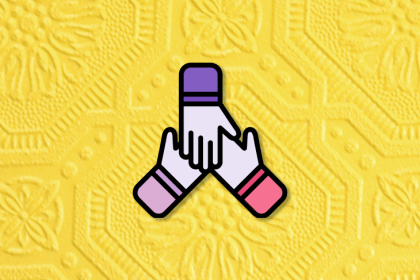
Product managers help prevent the development team from veering off track and work to keep the business team aligned on their priorities.
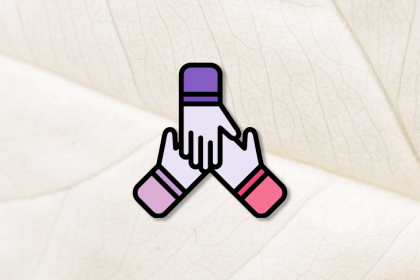
The servant leadership style espouses team empowerment, collaborative decision making, and supportive learning. Discover examples and common characteristics of servant leaders.
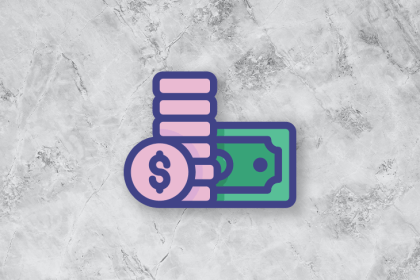
The free trial is one of the most potent tactics for product-led growth. Explore 8 proven tactics to help you improve your conversion rate and get more paying subscribers by revamping the free trial experience.

The theory of constraints recognizes that each system has at least one constraint that prevents it from achieving its long-term goal.
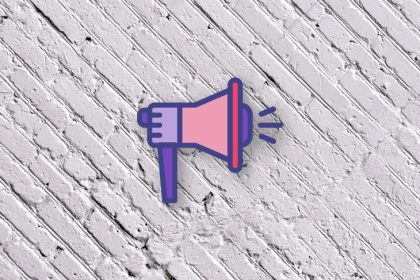
The SCR framework is a model to deliver strategic communications. The acronym stands for situation/complication/resolution.

While it’s true that our business-facing teams often lead the charge in building brand loyalty, we as product managers play a crucial role in this process too.
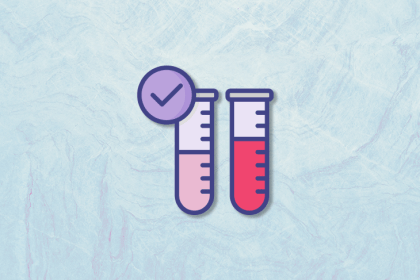
Empirical evidence is data or information that can be physically observed or measured and is factual instead of personal opinion.

Value stream mapping is a lean tool that documents the step-by-step processes required to bring a product or service to market.

Product sense is one of the five natural powers of a product manager but like any power, you need to cultivate and practice it to develop it.
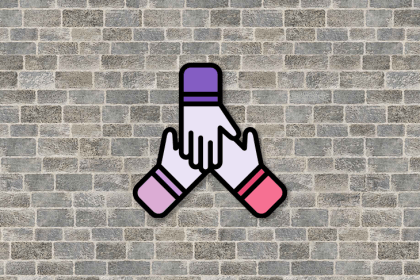
Group dynamics are the behaviors and psychological dimensions that occur between or within a social group.